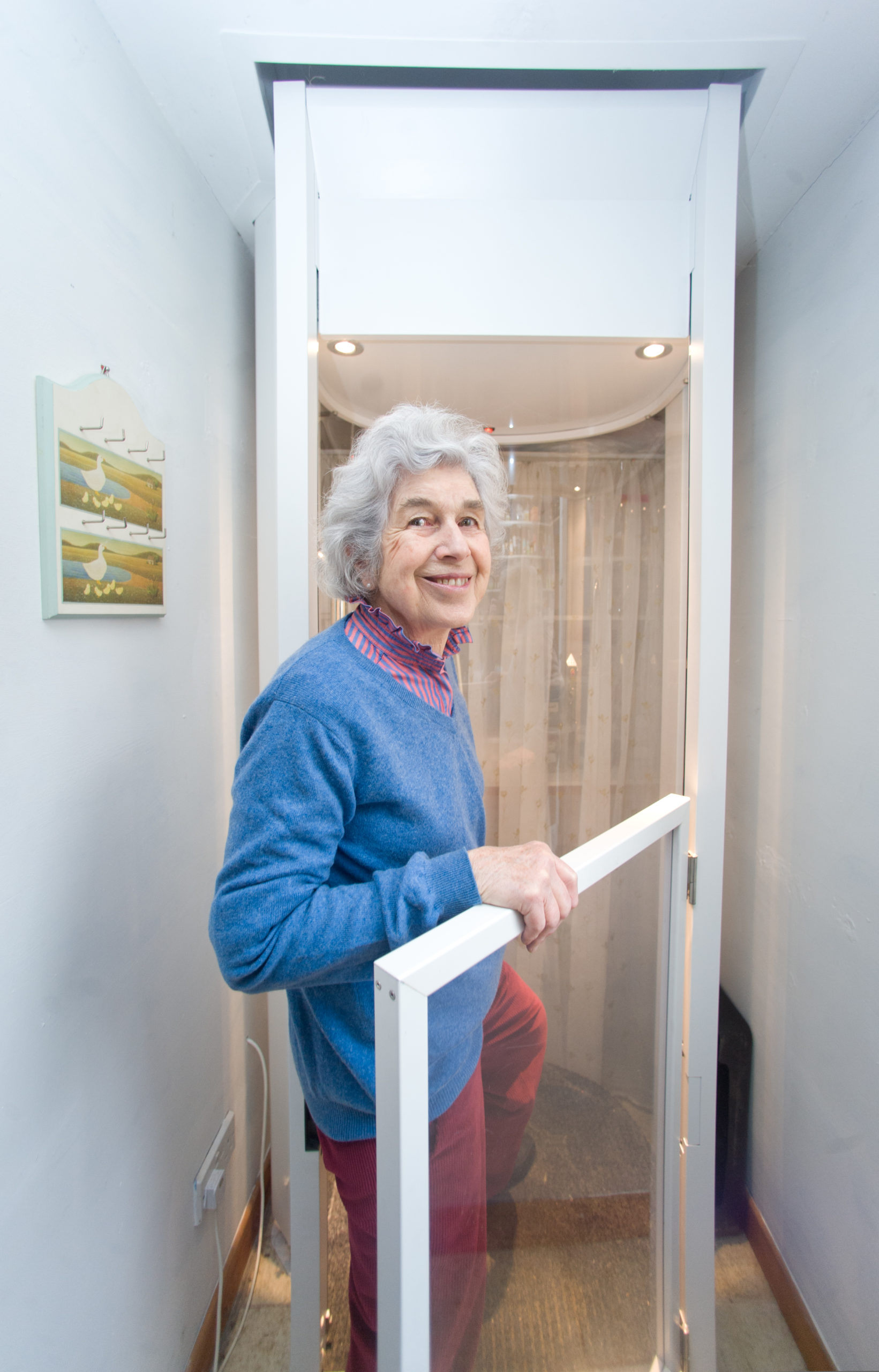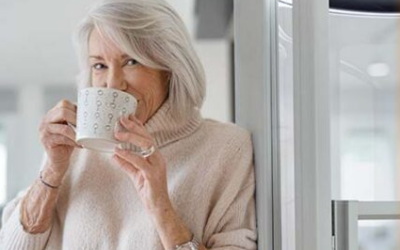Lowering the Cost of Care – how appropriate home adaptations can reduce public and private financial pressures
An increasing number of older people live with long-term health conditions and restricted mobility, meaning independent living is more important than ever. According to the Office of National Statistics (ONS), there are nearly nine million people in the UK over the age of 70 which approximates to 15% of the population. Many are fending for themselves and adopting coping strategies at home to manage failing health and mobility. Inappropriate living conditions can exacerbate many chronic illnesses, such as arthritis, multiple sclerosis, dementia and Parkinson’s disease, along with hindering future wellbeing.
In its report ‘If Only I had Known’ Care & Repair England states: Poor housing has a profound effect on physical, psychological and social health, and hence on quality of life, and this is amplified when the individual is coping with disability. Unsuitable home conditions can directly cause health problems, and hence hospital admissions. If individuals are discharged to unsafe, cold, unsuitable homes they are more likely to return to hospital.
Risks of falls in the home
As people age and mobility diminishes, risk of falls and injuries increase within the home – often resulting in recurrent hospital stays, and the possibility of a care home if living standards are not improved. Eyesight, muscle strength and balance all naturally deteriorate with age and even minor difficulties can cause undue worry and depression. Long-term health conditions can cause a lower physical activity level and additional adaptations should be installed to safeguard home usability and independent living.
The effect of unsuitable housing
Unsuitable houses create substantial physical and practical care challenges which can be stressful and undignified, whilst appropriate external care can be a huge financial burden for both families and/or Social Services.
Unsuitable housing can lead to:
- An increase in the demand for residential care – According to Age UK, costs average at around £600 a week for a care home place. A quarter of the population haven’t thought about saving to pay for long-term care, despite the fact that people spend an average of 16-19 years in failing health.
- An increase in demand for domiciliary care – According to the NHS a live-in carer costs upwards of £650 a week, a price that is out of reach for many.
- Admission/readmission to hospital – Beds for older people have rapidly declined in the last thirty years and is now a cause for concern. Older people admitted to hospital have a greater risk of declining ability and of developing delirium and therefore dementia.
Independent living can reduce the cost of care
Safe, accessible housing can reduce the cost pressures on the UK health service. The Centre for Ageing Better reports: “Both minor and major home adaptations can improve a range of outcomes for people in later life, including improved performance of everyday activities, improved mental health and preventing falls and injuries.†With accessible property in short supply or at a premium cost, home adaptations can provide a cost-effective, independent living solution whilst reducing the need for domiciliary carers or social care.
Healthcare professionals can assist clients by:
- Referring them to their local Home Improvement Agency (HIA)
- Working with client family/carers to ensure their needs are met i.e. are they carrying someone upstairs? Do they have access to the appropriate equipment such as hoists? Do they have relevant bathing facilities, etc.?
- Referring them to a reputable home adaptations company who provide free home assessments for relevant equipment
- Having knowledge of Disabled Facilities Grants (DFG’s). In England, disabled people and those with limited mobility are able to apply for a DFG grant of up to £30,000 (Wales £36,000, Northern Ireland, £25,000 and in Scotland, the Scheme of Assistance can provide financial assistance through grants and loans). DFG is a mandatory grant, so if at first a client is told no, they should find out what the issue was and appeal. Find out more in our article about DFG legislation.
Home Lifts – The benefits
By installing a Stiltz Home Lift, safe and accessible living can be achieved. Benefits include:
- Clients can remain safely in a 2-storey+ house whilst avoiding expensive relocation to bungalows, later living apartments or care homes
- Reduces the risk of trips or falls on the stairs leading to improved confidence and self-esteem
- Increase safe discharge from hospital reducing the chance of readmission
- Stiltz Home Lifts have a self-supporting structure and small footprints. They can be quickly installed with minimum building work and stress
- Stiltz provide standing Home Lifts (Duo+) and wheelchair Home Lifts (Trio+).
An Occupational Therapist’s View
Stuart Barrow, respected Occupational Therapist and founder of the Occupational Therapy Adaptation Conferences (OTAC) comments:
“Occupations can become lost quickly without a compelling future and desire to achieve. Once a person feels their future is no longer compelling and they stop shaving, decide to wear creased clothes, decide to skip a meal and stop seeing friends, their future becomes bleak. What starts off as a small care package to support occupations, becomes a larger package of care or relocation to a family member’s home or care establishment.
Occupational Therapy focuses on enablement after an illness, injury or long terms condition but not everyone has the opportunity for rehabilitation or wants to take this opportunity.
Home adaptations can make a person feel safe, feel happy and their future remains compelling. This article highlights many issues a disabled or vulnerable person can have at home and how many people are affected by impairments and environmental barriers. An adaptation can make a huge difference to a person’s life. The ideal is inclusive home environments but retrospective adaptations can make a multigenerational home inclusive – a house a home again. With access to all of it and importantly giving someone the ability to remain at home without the inclusion of care and intrusion, is priceless.

Poor housing has a profound effect on physical, psychological and social health, and hence on quality of life, and this is amplified when the individual is coping with disability.







